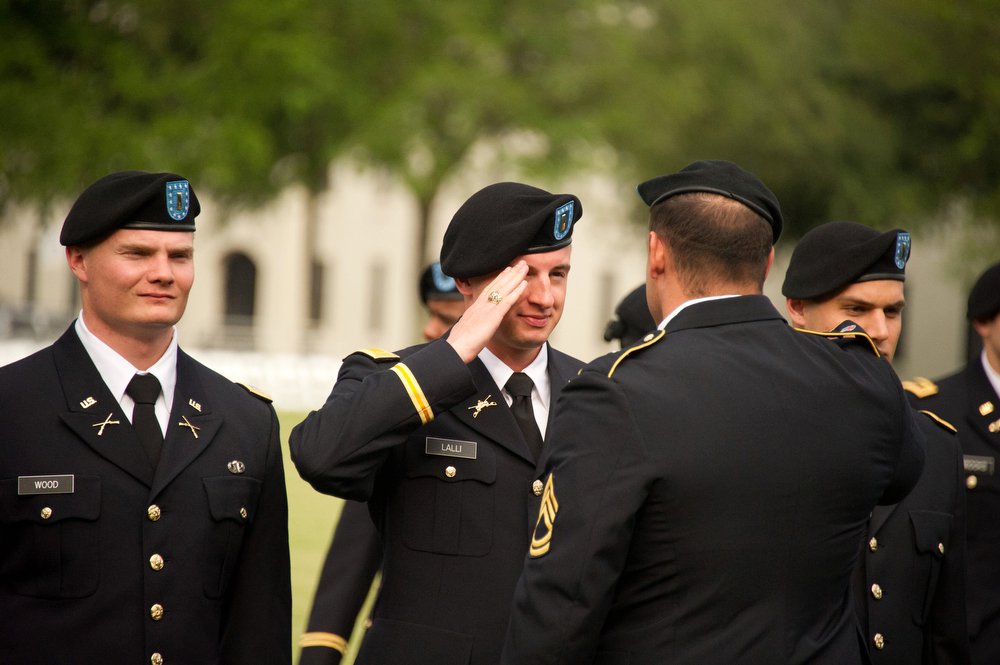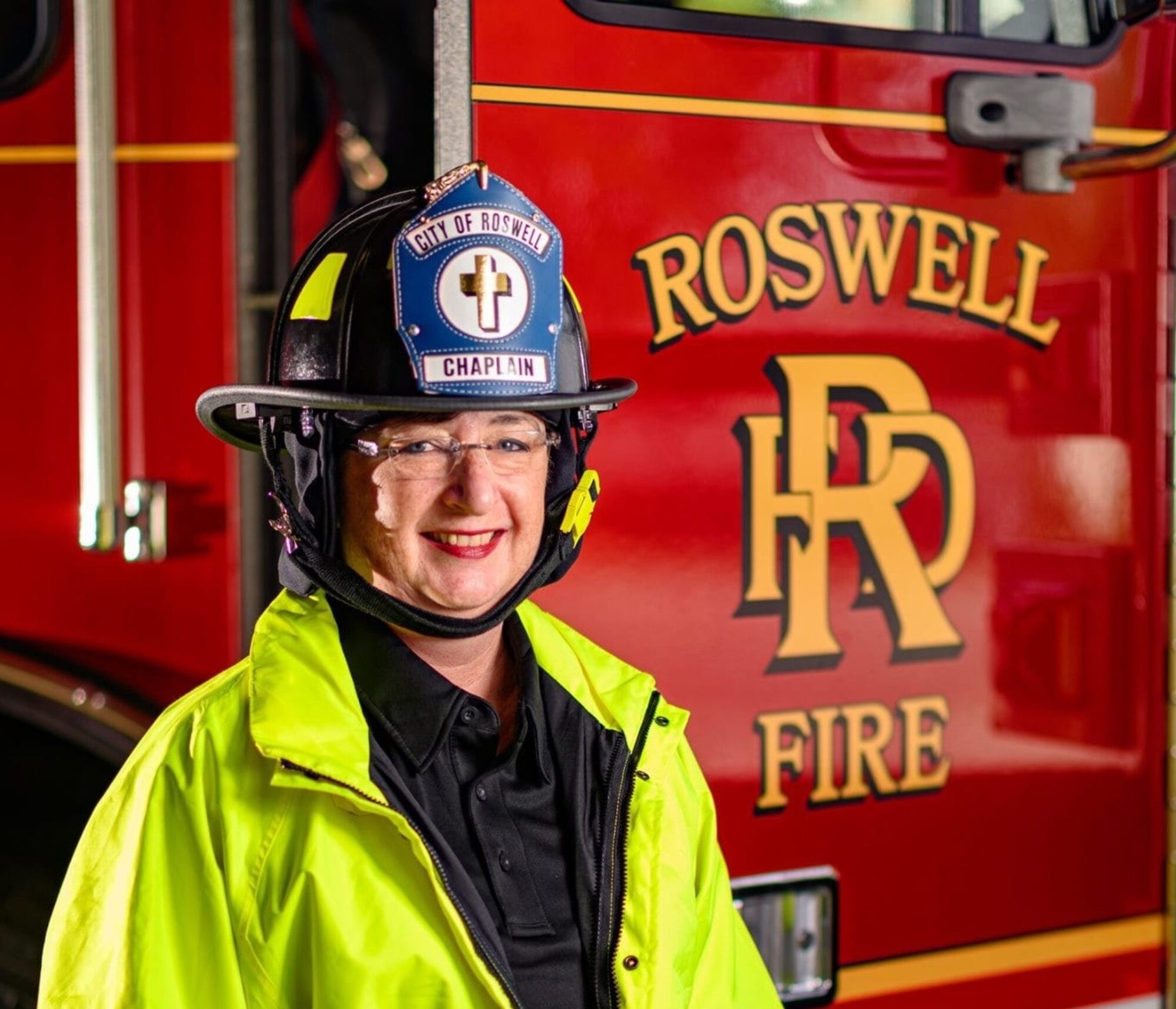***Updated LDAC links for 2013***
The summer before our son started his senior year I had a lot of questions about how the transition from ROTC cadet to an active duty Army second lieutenant would happen. That summer my husband was peaking at a conference in Charleston. My daughter and I went along and I made an appointment with a Major in the Army ROTC department at The Citadel to ask a few questions. I was clear that I wasn’t there to ask about my son in particular but rather I wanted to learn what steps are involved in going from a cadet to an officer. I didn’t tell my son about the meeting either;)

The Major was very helpful. He gave me a chart. I’ll explain the system as I understand it, but I encourage you to do your own research. Just like cadet life each persons path is different.
Our son was on a 4 year Army ROTC scholarship. That meant while I was in Charleston the summer of 2010, he was in the Seattle area at Joint Base Lewis McChord going through the Leader Development and Assessment Course (LDAC). The chart we reviewed dealt with the LDAC process too.
The summer before senior year, for 4 year cadets, or after senior year for 3 year cadets, they attend LDAC. They enter the course with a grade from their sending school’s ROTC department. During the 29 day course they are graded on various tasks including the Army Physical Fitness Test. They accumulate points for each task. If they do really well in each task they can earn RECONDO status, which gives them an extra point. If they are the top several cadets in a platoon they earn an extra half a point. The Major said the extra point for RECONDO status can bump a cadet up on the point list over 1,000 names.
A note for parents: The Public Affairs office at Joint Base Lewis McChord does a terrific job of keeping family members posted. The cadets have to give up their cell phones a few days into their time there. You can send packages but they have to eat what ever is sent when the package is opened. They usually share with the people in their platoon. Be sure to ask your cadet to tell you their company and platoon. You can then know how to mail them letters and packages and also will know what group of photos my contain a glimpse of your cadet. The LDAC Facebook group is usually posted a month or so before the first group reports. the Warrior Forge blog has links to the Flickr photo site and other helpful information like training schedules. They broadcast the graduation online for each class. The cadets who have just graduated from their college are commissioned at the end of this graduation. The Citadel rising seniors (4 year ROTC cadets) are commissioned the day before commencement
At the end of the summer, early in the first semester, the Army looks at where they need to fill positions. The cadets have already filled out forms indicating which branch of the U.S. Army they would like to serve. Three of their choices must be combat arms related branches. At some point in the fall the assignments are given.
At the Citadel they have what is called the branch meeting. All the graduating Army ROTC contract cadets are gathered in a seminar classroom and each receives an envelope with their assigned branch. The cadet is not guaranteed a spot in their choice of branch. Our son listed Armor as his first choice and that is where he was assigned. I heard from others who were assigned branches far lower on their list.
Some cadets will know their duty station, or where they will be based after training, before graduation. Some will find out at their Basic Officer Leader Course (BOLC). Each branch of the service trains at a different base. Armor and Infantry are at Ft. Benning, GA. Our son was in the Armor branch so this is where his training in the Armor BOLC took place. A quick Google search for the branch and BOLC should turn up the base website and Facebook groups they may have.

The school will post the details of the commissioning service on the main website or the page that lists the various commencement weekend events. The Army is usually the largest group to be commissioned and the service is held early Friday morning. Plan to get to the chapel an hour early for the best selection of seats for the service. Two family members can go forward during the service to pin the bars on the new officer. After the ceremony inside, the new officers go outside to the parade field to receive their first salute, usually from a friend who is a non-commissioned officer (NCO). It is customary for the new second lieutenant to give the NCO a silver dollar after the salute when they shake hands.
Report dates for each new second lieutenant will vary greatly. some may need to report right away and for others it could be months before they start their new job in the Army.



